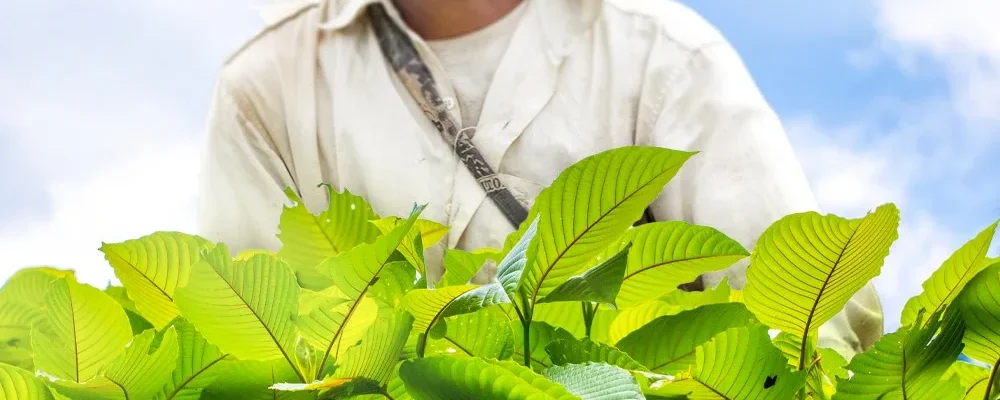One of the most crucial questions that come up when one thinks of kratom and its production is that of its environmental impact. It is a fair question considering the increasing production and consumption rate. It is essential to ensure no harm comes to the environment when crops are grown on a large scale because the damage to biodiversity unethical and careless farming can cause is irreversible. There are many strains of Kratom that are available online, on sites like https://goldenmonk.com/red-vein-borneo/.
Kratom farming can benefit our environment and fits the criteria of eco-farming. The matter has been studied extensively by experts, and they’ve found that this farming does not harm the environment in any way. If you are interested in learning how kratom farming helps the environment, you’ve come to the right place. Let’s look at how it benefits the environment and what practices farmers use or can use to ensure it stays that way.
Kratom: The Plant
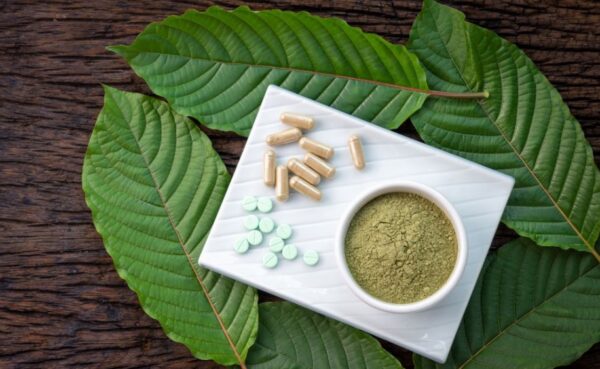
Before we look at how Ketum farming benefits the environment, it’s crucial to take a look at what the kratom plant is and the environmental condition it grows in.
Kratom, a plant belonging to the coffee family, is evergreen and grows naturally in the rainforests of Southeast Asian regions. The wonders of the drug and its acceptance in western medicine and the world are relatively new developments; indigenous people popularly used it to make medicines for various ailments.
According to an article by Kratom Spot, the plant is hard to grow and requires a hot and humid environment. In addition, it requires a lot of water. It might seem like it calls for many resources, but it doesn’t need too many nutrients to grow. Now that we have a fair idea of what the plant is and where/how it grows, let’s look at how it supports eco-farming and how Mitragyna speciosa farming benefits the environment even though farming requires pulling resources from the soil.
Kratom Farming: Benefits To The Environment
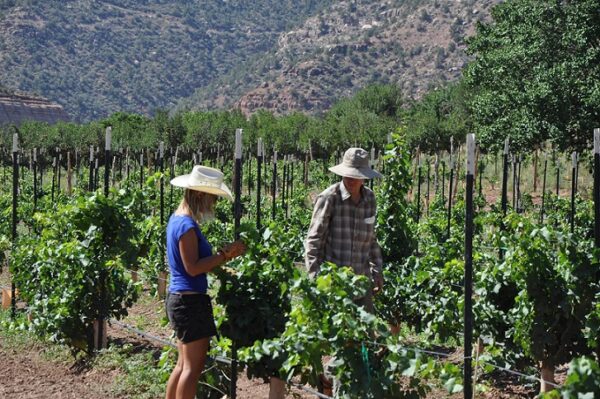
Kratom farming goes hand-in-hand with eco-farming, which is good for the environment. Here is a list of benefits that kratom farming has for our environment and biodiversity:
1. It Helps Protect The Rainforests
This drug is in high demand, which means that suppliers and companies will do anything to maintain a consistent flow of the drug into the markets. Considering that it grows naturally in rainforests, local farmers and people try their best to protect rainforests other than being planted manually. Rainforests are home to many animals and exotic plant species, all of whom play a vital role in maintaining our ecosystem and the balance of our biodiversity.
2. Helps Keep The Soil Healthy
Ketum farming helps keep the soil healthy and sustainable by helping prevent weed and pest infestation. It releases certain nutrients and has properties that don’t allow pests and weeds to thrive. It also helps keep the soil healthy by not taking away too many nutrients from it and helping maintain its composition so crops grown immediately after do not suffer and can be of just as high quality.
3. The Plant Is Grown Using Sustainable Practices
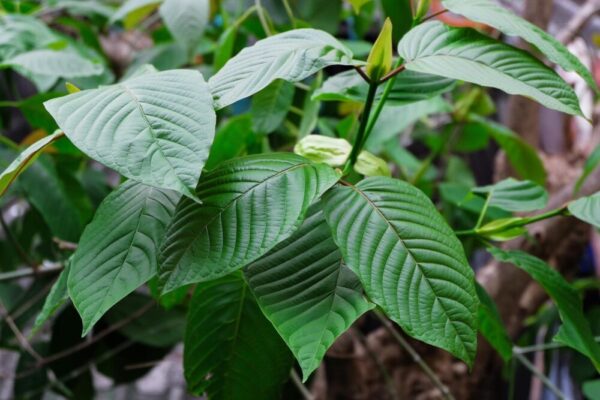
Kratom is grown in the rural areas of Southeast Asian countries by residents and farmers. As people are attached and directly linked to the land, they have come to develop sustainable farming practices like relay cropping and chemical-free insecticides and pesticides.
4. It Prevents Large Money-driven Corporations From Having Monopoly
Kratom, grown locally and supplied by local farmers, prevents large money-driven corporations from gaining control over the farms and farming methods. Money-driven corporations with power over the production of the herb would not pay mind to the state of the environment and indulge in unsustainable practices to produce as much of the drug in as little time as possible. It protects the environment by keeping people with ill intentions away from it.
5. It Is Grown In Farming Pods
You can quickly cultivate this plant in farming pods under controlled circumstances, which means that the cultivation does not harm the environment. Biak farming and reaping barely impact the ecosystem.
6. It Is Taking Over Palm Oil Markets
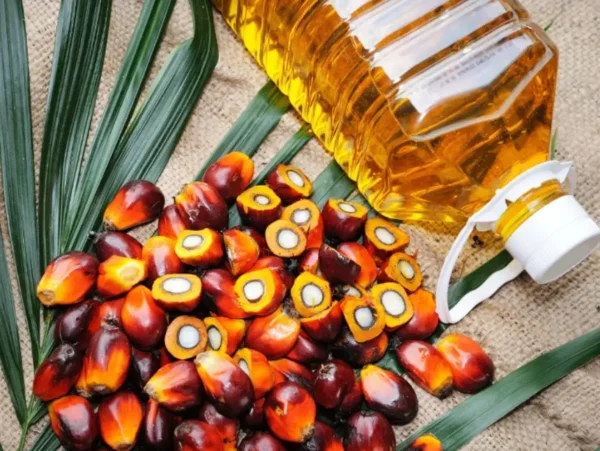
The biggest competitor of this drug is palm oil, farmers in hot and humid places grow either Biak or palm oil trees for profit. When we put the two against one another, it is clear that Kratom is good for the environment and benefits it, while palm oil trees directly contribute to global warming by increasing temperatures.
7. Kratom Does Not Impact The Development Of Trees
The trees have to be nurtured and matured for three years before you can gather the leaves for use. This benefits the environment by reducing deforestation and disruption of soil.
These are some of the many benefits of kratom farming for the environment, and many more are awaiting discovery. If there’s one thing to say about this typical farming, there are endless possibilities and endless benefits that this medicinal plant offers. Not only is the best white Kratom strain beneficial for the environment in the short term, but it can also benefit the environment and the ecosystem by introducing more sustainable habits into people’s lives. The benefits are endless with this one.
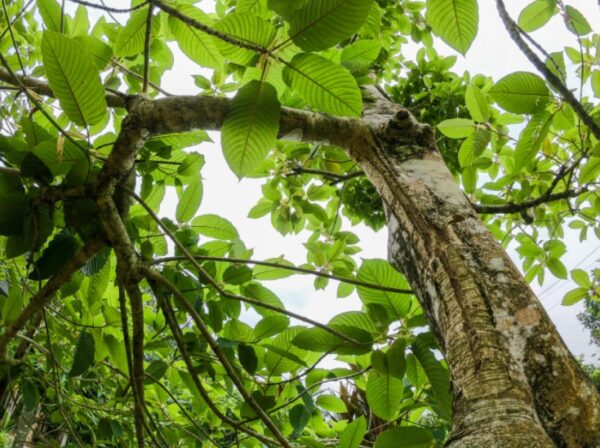
Conclusion
The earth and the ecosystem are terrible because of centuries of misuse. We must be mindful of every crop we plant and every farming method we employ. According to an article by The Environmental Magazine, kratom planting is one step in the right direction. The fact that we plant it on a large scale means that it must positively impact the environment, and experts have proven it does.

